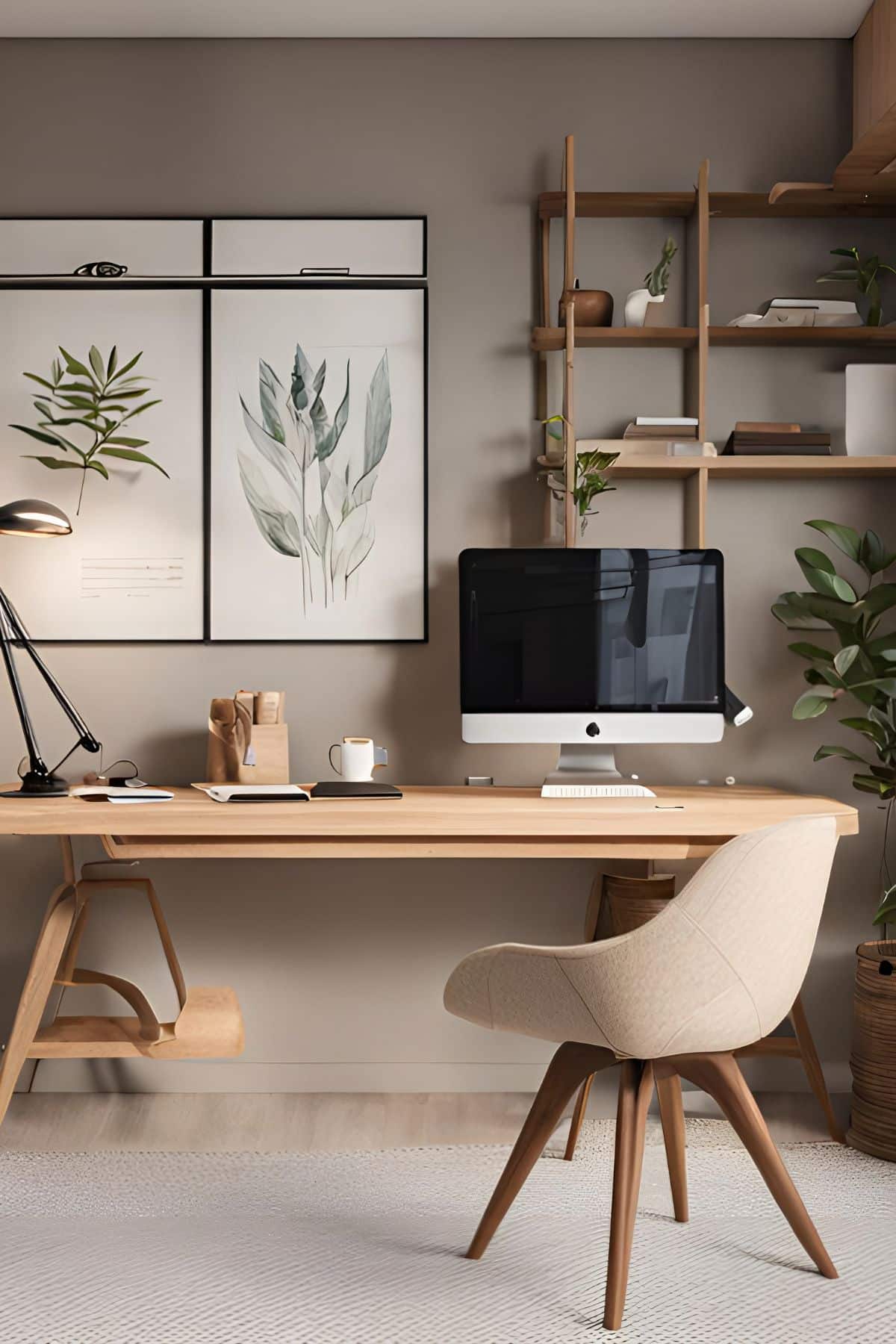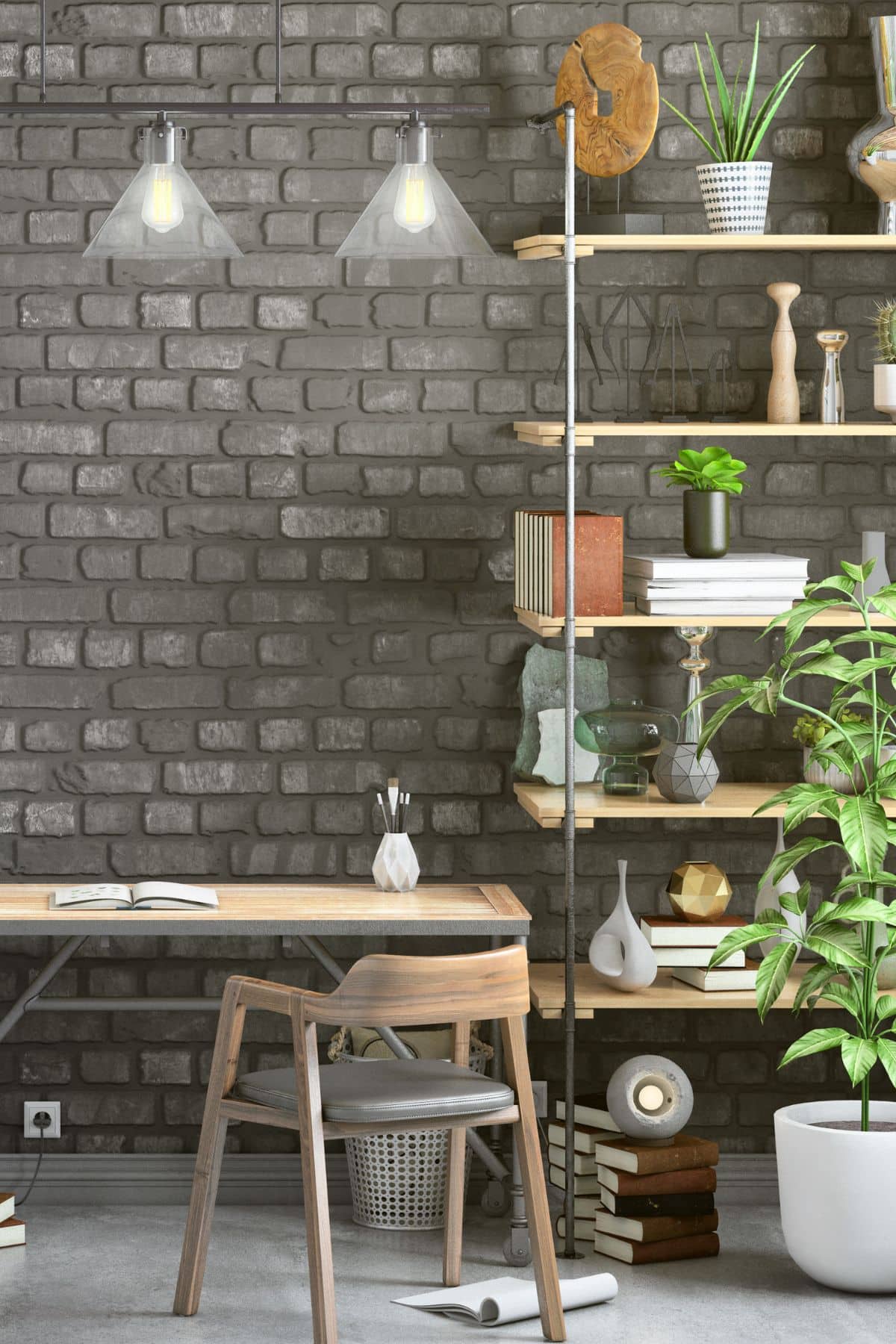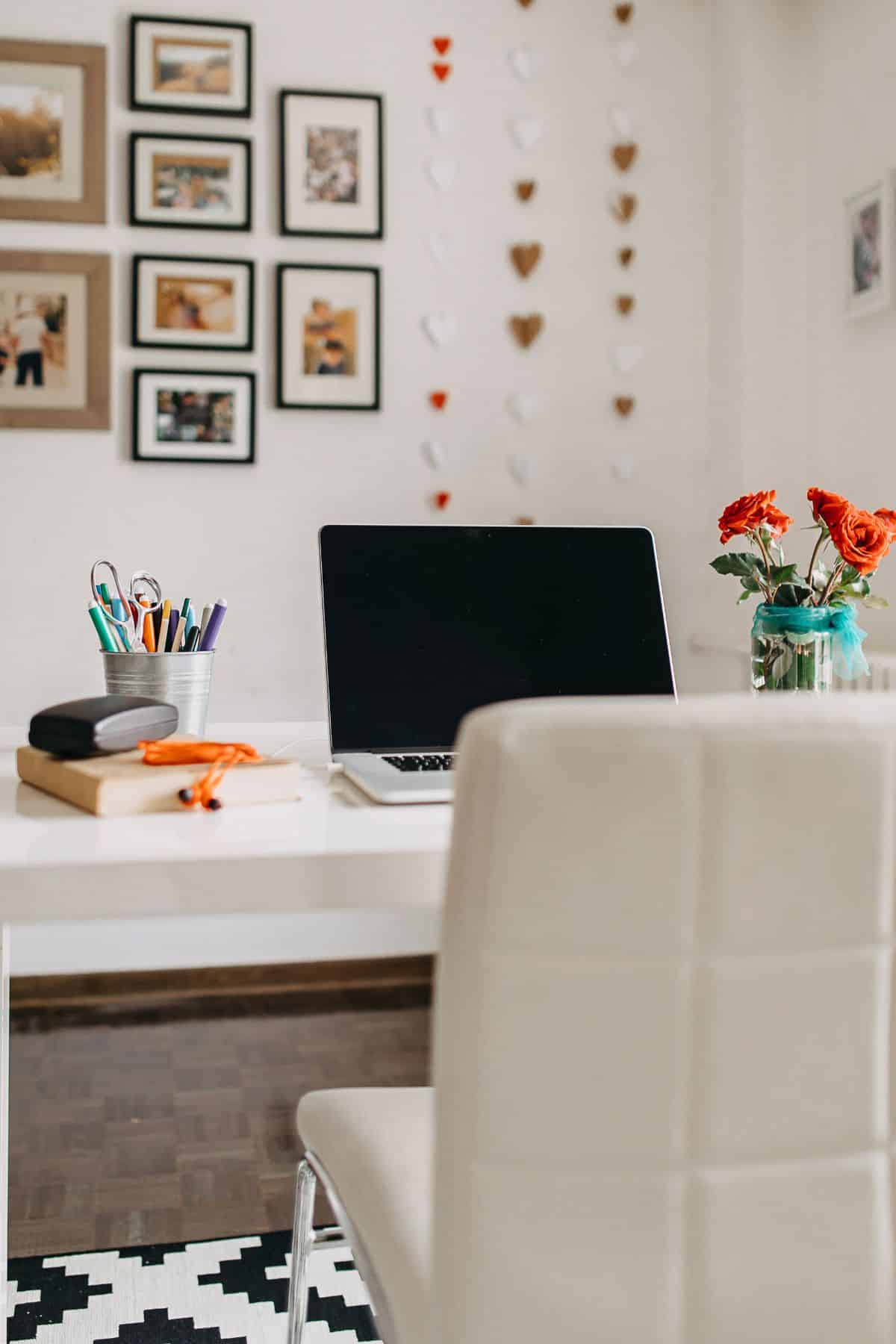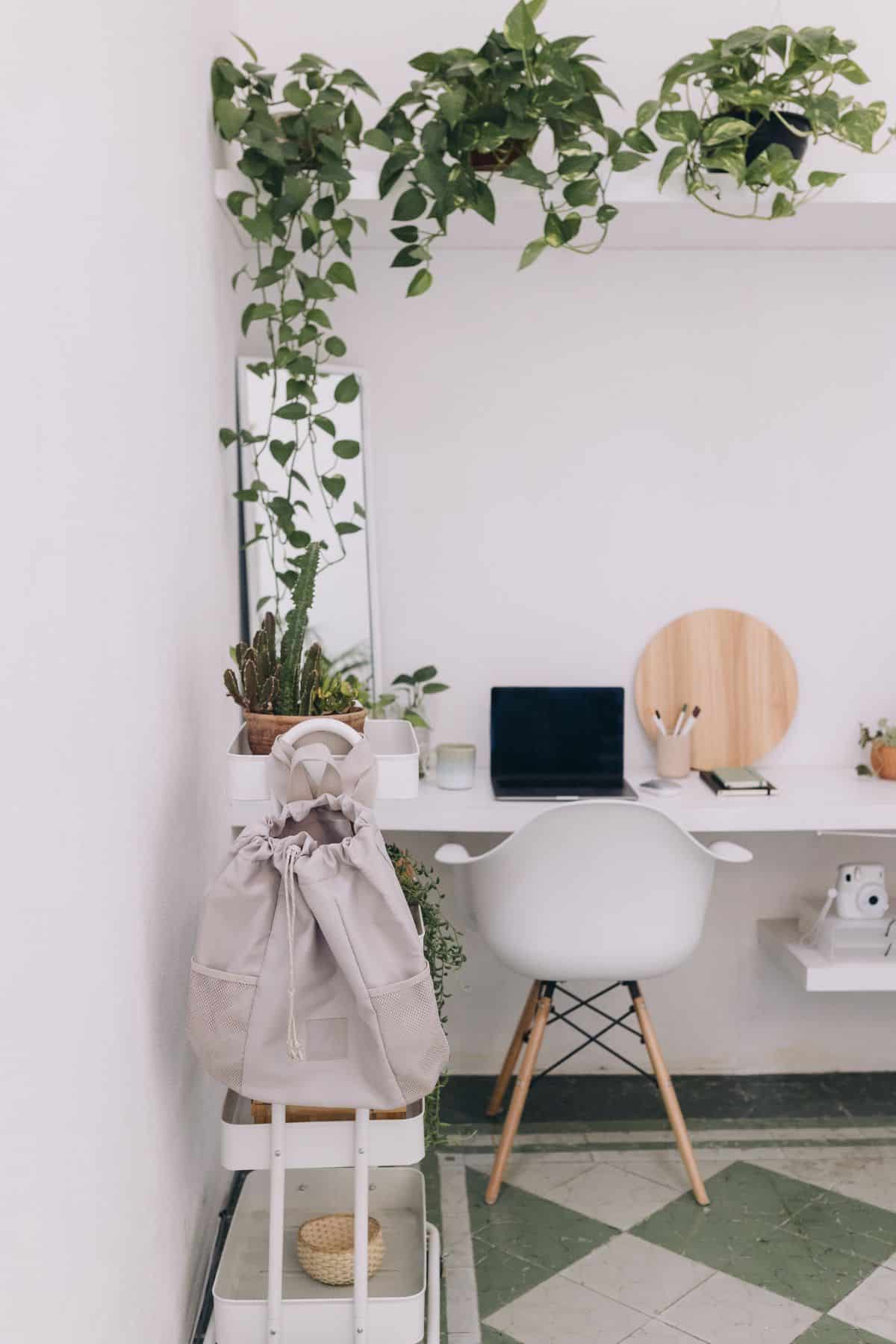
Did you know that nearly 40% of people in the UK work from home at least some of the time?
In the technologically advancing, post-pandemic world, more and more people are working from home. The arrangement provides flexibility for employees and a wider talent pool for employers.
If you are working from home, or moving towards doing so, it is important that you have an office space that allows you to retain your productivity, whilst merging form and function for a perfectly designed space.
I’ve pulled together some of the top design tips when creating your own home office that cover all bases.
Sound Proofing to Avoid Noise Disturbance
Acoustic distractions can limit work productivity by up to 86%.
If you live in a busy household, you could find that background chatter from family members or housemates limits your productivity.
Internal noise can be frustrating, but there are ways to limit it. One option is to install mass loaded vinyl soundproofing mats, which make it harder for sound waves to pass through different areas of a building.
You can also combat the noise by fitting thick rugs into downstairs areas with frequent foot-traffic. Hard flooring reflects more noise than carpeted alternatives.
On the other hand, the noise disturbance could come from external sources, such as cars and people talking on your street. This is more likely to be an issue if you live in a busy area.
You don’t have to replace the whole window. A more budget-friendly option would be to use window inserts.

Shelves for Organisation
Just because no one is there to supervise, it does not mean that you should leave your office disorganised.
An unkempt working space can have a negative impact on mental health.
While paper is less necessary in the modern era, you may still have tangible documentation that should be kept organised.
Many remote workers also use printers, notepads, monitors, and stationary. To avoid breakages, they should be stored in an organised manner.
Installing shelves provides structure for your equipment and building DIY shelves is straightforward and it means that you can create ones that are an optimal size.
Remember to use high quality timber in any woodwork to ensure longevity. Softwood is more budget-friendly and good for lighter stock, while hardwood is a more durable timber that is ideal for heavier items.

Ergonomic Chair for Comfort
I can’t stress enough how important this is! You really need to be led with function rather than aesthetics here. You’re going to be sat on it for what might be 8 hours a day, so comfort is key. Ergonomic chairs don’t just prevent back discomfort, they also improve productivity.
Working alone doesn’t mean you should heavily alter the way you work. While performance is crucial both in the office and remote working environments, comfort is also key.
These chairs provide comfort, making you alert, focused, and generally making the working process more enjoyable.
The lumbar support and adjustable seating featured on the majority of these chairs ensures comfort, while also keeping your body healthy.

Connectivity Dictates Productivity
With all of the aforementioned suggestions in mind, poor internet connectivity will make remote working difficult, and ultimately unproductive.
Whether you’re researching or speaking to your colleagues on video calls, a reliable connection is key.
To enhance connection productivity, work as close to the WiFi router as possible. If your WiFi is reliable, then you’re good to go, but if it’s temperamental you can upgrade it or use an ethernet cable.
Ethernet offers quicker speeds than Wi-Fi, stable signal, lower latency, and secure connection.
Paint Colours
Perhaps one of the most important things to get right here is the paint colours you choose for your home office. Firstly, you need to work out what the orientation is of your room, this will allow you to pick colours that are going to work well with the light your room receives.
In south facing offices, virtually any colour will work well here, but in darker north facing rooms, you’re going to want to lean into paints with warm undertones to counteract any of the blue light associated with the light these spaces receive.
I also recommend choosing non stimulating colours and sticking with soft, muted shades. This will keep productivity high and allow you to focus in the space. Soft off-whites, green tones, blue and warm neutrals are all popular choices that create a soothing and serene environment.

Moving to a remote or hybrid working setting can take some adjustment. However, it is becoming more and more common all over the world. Therefore, you may need to prepare a practical home office space at some point in the near future.
Doing so will enable you to work more efficiently and comfortably, boosting both your productivity and emotional wellbeing.
